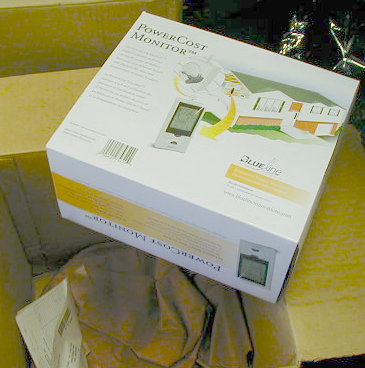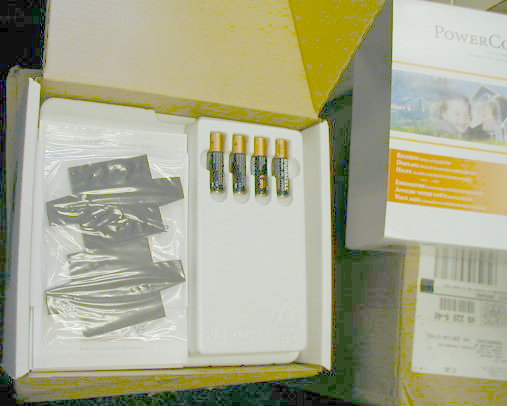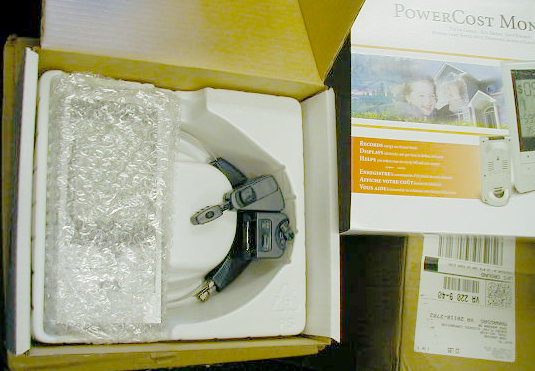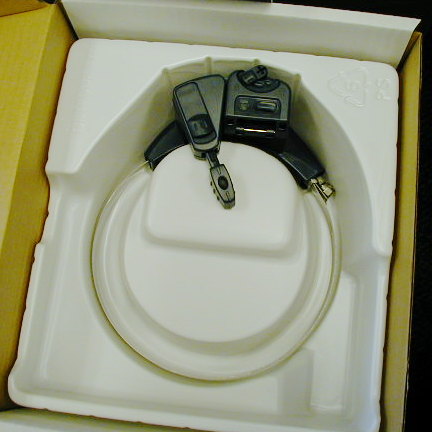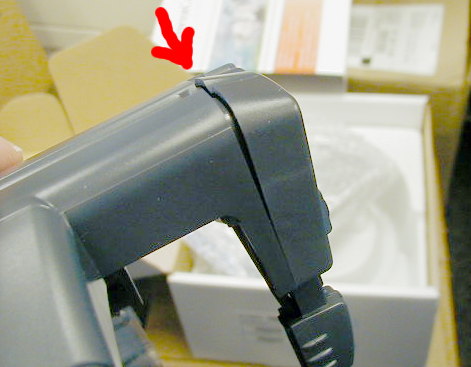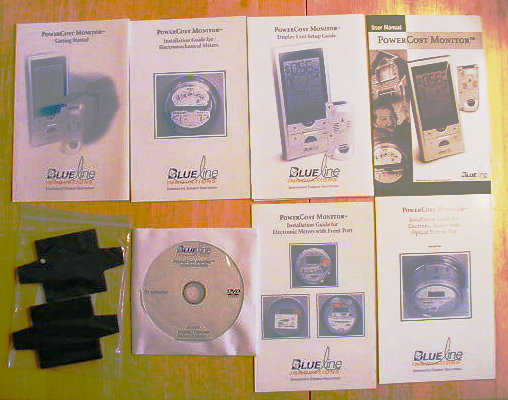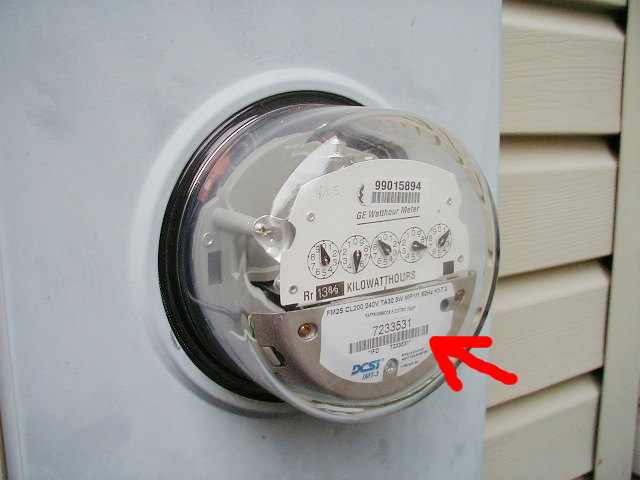Recently my interests have turned again to alternative energy sources. Whenever I do this, I always find myself looking at the big picture of every energy sub-topic including sources, transmission and use.
For example…
Hybrid automobiles seem to be an interesting idea initially. However, if you take a step back and look at the entire energy equation you begin to see they don’t provide a benefit worth the extra costs frequently paid for the hybrid option. This benefit changes, of course, with the price of fuel, but generally, the market seems to price up the very benefit they claim to provide. We will examine more of this topic in another post. For now the point is the term “Hybrid Car” seems to be just a term the owner can brag about – even if the real benefit is not really there.
The same deal goes for electric cars. Time after time I hear folks who think they have zero emissions with their electric cars despite the fact they consume electricity to charge their vehicle which is provided largely by the burning of coal. If you take just one step back in the energy path, the zero emission car is a myth… so far.
Then there are the folks who take the bold action to obtain an all electric vehicle, an impressive photovoltaic array, storage batteries and the necessary gear to completely charge their vehicle from the Sun’s free energy. The return on investment of such a system is very long to be sure, but let’s assume the owner is creating this system for philanthropic reasons. This leaves the purchaser bragging rights of a truly zero emission system. Here again, we have to take a step back and view the energy equation. It took a lot of energy to manufacture the solar panels and the batteries. There are batteries in the car, too, which take energy to build. From what I have found on the Internet, it takes from one to four years for solar panels to generate the energy it took to build them with the good news this is getting better every year. The point is can this person claim to be saving the environment with this system? Maybe after many years.
So if we move the topic towards powering the needs of a typical home what can be said of the possible alternative energy sources? Solar, wind and hydro seem to be the big three. Not many folks can benefit from hydro so let’s constrain the discussion to Solar and Wind Alternative Energy Sources.
SOLAR
Photovoltaic solar panels cost about $4-$6 per watt installed (much less if you use Ebay cells in your DIY panels). Then there are additional pieces of equipment depending if you have a storage or grid-tie system.
When you add up the costs, calculate the expected energy and compute the net benefit based on the cost of electricity (my current cost is 12.1 cents per kWhr) the return on investment (ROI) is something like 23 years. This will, of course, improve if electricity prices rise beyond inflationary rates, but it will be very difficult to bring the ROI down to the practical limit of 3-5 years.
Let me repeat that.
If saving money is your aim your ROI should be within five years or it is not worth doing. Remember… if your solar installer presents figures showing ROI based on anything longer than 5 years all the potential financial benefits flow to his bank account using your funding as the source and yields you little to nothing. This is basic business common sense and, yes, you, the average homeowner, are an individual business.
So photovoltaic solar is difficult to justify in the financial sense. Let’s assume you want to be environmental friendly and any cost. Hey that’s great. The world needs more people like you. Really. So what does it take to recoup the “energy” needed to manufacturer the products.
The answer appears to be a around one to four years for current technologies and perhaps longer for the older style PV arrays.
So the point is this. If you are trying to go good things for the environment and plan on installing a PV array, consider the energy payback period needed. A lot depends on the type of PV you specify and the good news is things are getting better with the latest technologies.
So Energy Payback is getting better with PV Solar. Utilizing second hand PV cells available from many sources on Ebay may negate the Energy Payback issue entirely if you make use of otherwise unsellable “cosmetically blemished” cells that roll off the assembly lines. ROI remains an immense problem though.
WIND
So we move towards wind power as an alternative source of power.
Here again we have many available off-the-shelf systems which run, from what I can see, about $3 to $7 per watt installed.
Wind has its merits, but once again the return on investment is staggering.
The DIY wind power crowd offsets this ROI issue pretty well. If you have your own labor to contribute, the material costs are not too hard to swallow.
Remember this is electricity and care is needed to ensure you don’t hurt yourself or others. You can also wipe out your entire electrical system if you don’t know what you are doing. A licensed electrician should be consulted before messing with anything electrical in your system.
CONCLUSION
Now more than ever alternative energy sources deserve a good hard look for use in any energy offsetting system.
If you have a lot of spare cash and want to make an investment in “green” then a professionally installed Wind or Solar solution is a great thing to do. Understand you are supporting an industry that cannot survive without philanthropists like you as the financial justification is simply not there.
If you are a DIY person, you may well be able to lower the ROI to five years or less. Alternative energy then becomes the financially, as well as environmentally, responsible thing to do. Your hours of labor you donate to your system becomes YOUR investment in YOUR future gains (savings).
The analysis of Energy and Financial payback need consideration in any Alternative Energy system you desire for your situation. Alternative Energy systems are a good thing to add, but be sure you understand who really benefits and where the ROI line is drawn. I very much want to offset my energy consumption, but will not needlessly support ridiculous financial transactions with my money to do so. Neither should you unless you are a rich philanthropist.
Control Your Liability
Remember to always use licensed professionals when connecting anything to your plumbing, electrical and/or structural systems. The liability exposure is too great otherwise.




